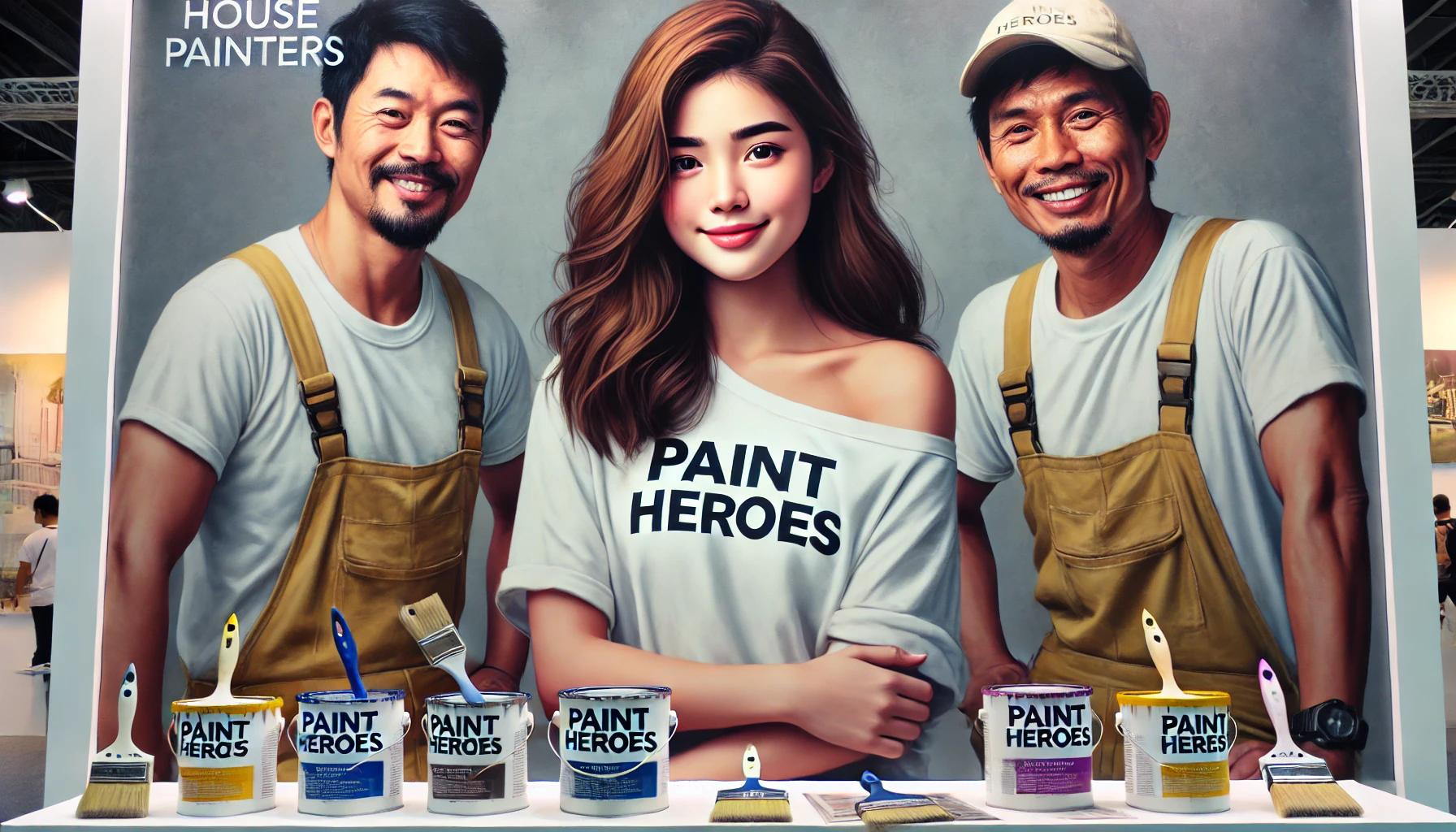Painters In The Philippines
Painters In The Philippines Showcase A Rich Artistic Heritage
Exploring The Legacy And Influence Of Filipino Artists
The Pioneers of Philippine Painting
The Philippines has a vibrant art scene that reflects its rich history and diverse culture. Among the most celebrated Filipino painters are Juan Luna, Félix Resurrección Hidalgo, and Fernando Amorsolo, whose works have garnered international acclaim.
Juan Luna, a prominent figure in the late 19th century, is best known for his masterpiece, the Spoliarium, which won a gold medal at the 1884 Madrid Exposition. This painting, depicting dying gladiators, is a powerful representation of the struggle and resilience of the Filipino spirit during colonial times. Luna’s artistic journey began in 1878, and his influence continues to resonate in the Philippine art community today.
Félix Resurrección Hidalgo, a contemporary of Luna, also made significant contributions to Philippine art. His painting, Las Virgenes Cristianas Expuestas al Populacho, earned him a silver medal at the same exposition. Hidalgo's works often explore themes of faith and morality, reflecting the complexities of Filipino identity during the Spanish colonial period.
Fernando Amorsolo, recognized as the first National Artist of the Philippines, is celebrated for his mastery of light and color. His paintings, such as Rice Planting and Dalagang Bukid, capture the beauty of rural life and the warmth of Filipino culture. Amorsolo’s ability to depict natural light has made his works iconic, and he remains a beloved figure in Philippine art history.
Contemporary Voices in Philippine Art
In addition to these historical figures, contemporary artists like Benedicto Cabrera, known as BenCab, have emerged as significant contributors to the Philippine art scene. BenCab’s works often reflect social issues and the complexities of modern Filipino life, making him an important voice in contemporary art.
Vicente Manansala, another National Artist, is renowned for his cubist style, which portrays the realities of Filipino life, including poverty and resilience. His paintings, such as Madonna of the Slums, highlight the struggles and triumphs of everyday Filipinos.
The legacy of Filipino painters is not just confined to the past; it continues to evolve, showcasing the dynamic nature of Philippine art. As new artists emerge, they build upon the foundations laid by their predecessors, ensuring that the rich tapestry of Filipino culture is expressed through their works.
The Vibrant World Of Painters In The Philippines
Celebrating The Artistic Diversity Of Filipino Painters
A Journey Through Philippine Art History
The Philippines boasts a rich tapestry of artistic expression, with painters playing a pivotal role in shaping the nation’s cultural identity. From the pre-colonial period to contemporary times, Filipino artists have utilized their craft to reflect societal issues, celebrate heritage, and capture the beauty of their surroundings.
One of the earliest forms of painting in the Philippines can be traced back to indigenous art, where natural pigments were used to create intricate designs on various surfaces. This tradition laid the groundwork for the evolution of painting in the archipelago, especially during the Spanish colonial period when European influences began to permeate local art.
Prominent figures such as Juan Luna and Félix Resurrección Hidalgo emerged during this time, using their art to comment on political and social issues. Their works not only showcased their technical skills but also served as a form of resistance against colonial rule. The impact of their artistry can still be felt today, inspiring a new generation of Filipino painters.
Contemporary Artists Shaping Modern Philippine Art
In the present day, the Philippine art scene is thriving, with a diverse array of artists exploring various styles and mediums. Contemporary painters like Elmer Borlongan and Rodel Tapaya are gaining recognition for their unique approaches. Borlongan’s works often depict the everyday lives of Filipinos, blending realism with a touch of surrealism. His paintings resonate with viewers, capturing the essence of Filipino culture and the struggles faced by many.Rodel Tapaya, on the other hand, draws inspiration from folklore and mythology, creating vibrant and whimsical pieces that tell stories of Filipino heritage. His work reflects a deep appreciation for the country’s rich traditions while also engaging with contemporary themes.
The Role of Art in Filipino Society
Art in the Philippines serves not only as a form of personal expression but also as a powerful medium for social commentary. Many artists use their platforms to address pressing issues such as poverty, environmental degradation, and political unrest. Through exhibitions, murals, and community projects, painters are fostering dialogue and inspiring change within their communities.
As the world becomes increasingly interconnected, Filipino painters continue to gain recognition on the global stage. Their ability to blend traditional techniques with modern themes ensures that the vibrant spirit of Philippine art remains alive and relevant, captivating audiences both locally and internationally.


